- Includes diorama showing features of the terrain
- Pz.Kpfw. III, Type L
- T-34/85
- 45 German infantrymen with extensive equipment
- 48 Soviet infantrymen with extensive equipment
- Structures with highly detailed surfaces
- Injection moulded tracks with individual links and segments
- Rotating turret
- Detailed drive wheels and track rollers
Decals for two versions of each tank:
- "111", 16. Pz.-Div., Stalingrad, Winter 1942-43
- "14", Pz.Rgt.2, 16. Pz.-Div., Stalingrad, Autumm 1942
- "17", unknown unit, Red Army, Stalingrad, Winter 1942-43
- "For Stalin", unknown unit, Red Army, Stalingrad, Autumm 1942
Stalingrad on the Volga was of great strategic and ideological significance. The battles for this important industrial area began in the summer of 1942 with an onslaught by about 250,000 German soldiers. In November, when the city had been almost completely taken, incurring heavy losses, the Red Army succeeded in kettling the German Army in a large encirclement of the city. The Soviet units retook large parts of the kettle and then the house by house battle began in the ruined city. Finally, on 02.02.1943, the northern part of the kettle capitulated. They had already started taking prisoners in the southern part on 31.01.1943. The annihilation of the German 6th Army in Stalingrad is regarded as the turning point of the war. On the German side the Pz.Kpfw. III was used in large numbers. From 1940 this vehicle formed the backbone of the German tank units. With its long 50 mm L/60 cannon it could combat a T-34 head on from a distance of 500 m. The Soviet T-34 started as an armoured vehicle with a well-balanced combination of artillery, armour and mobility. With its 76.2 mm L/41 cannon it could combat a Panzer III tank from a distance of 1,000 m.


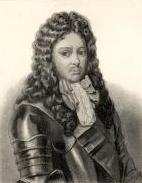




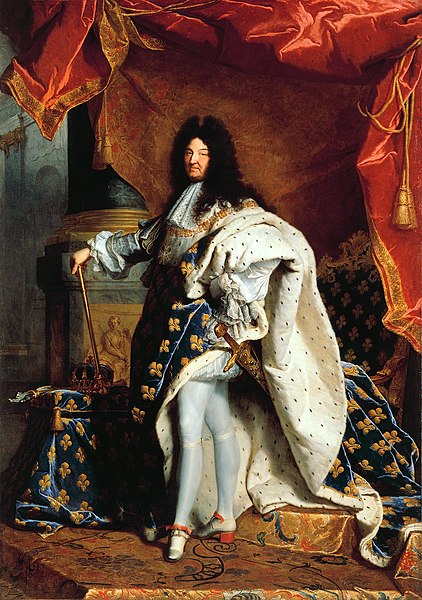

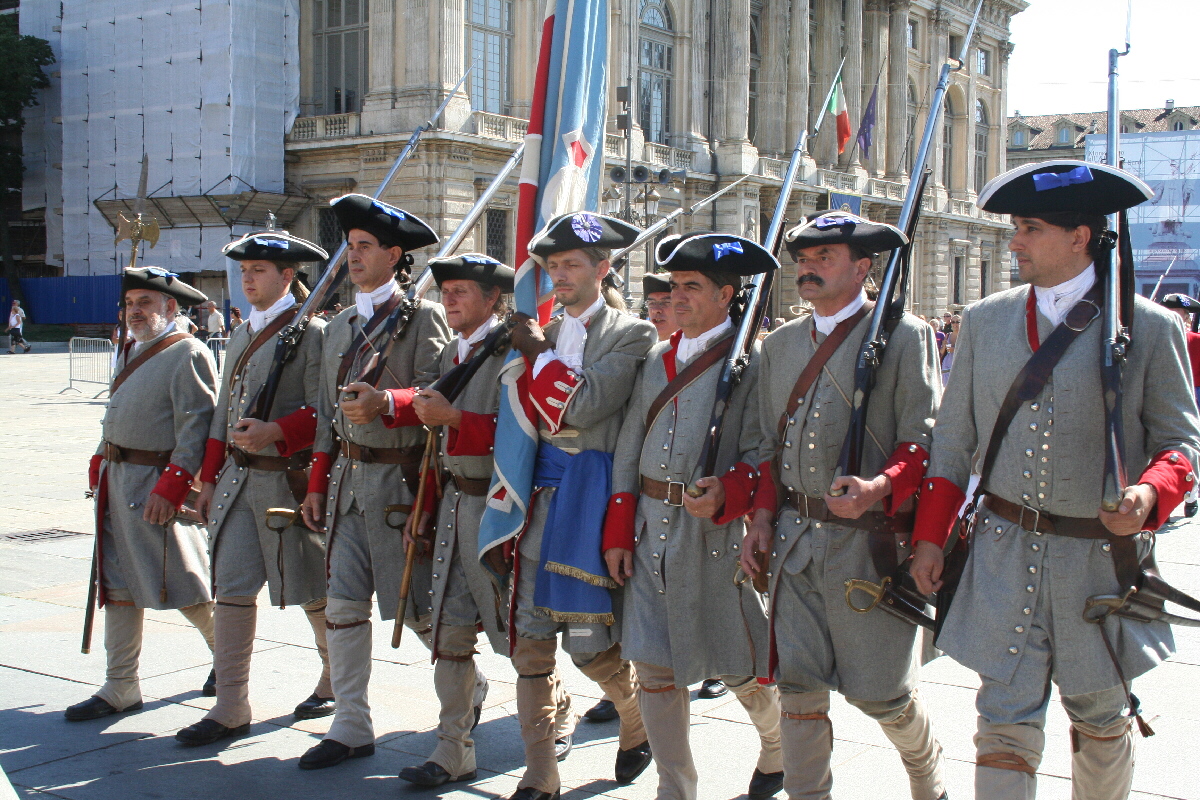
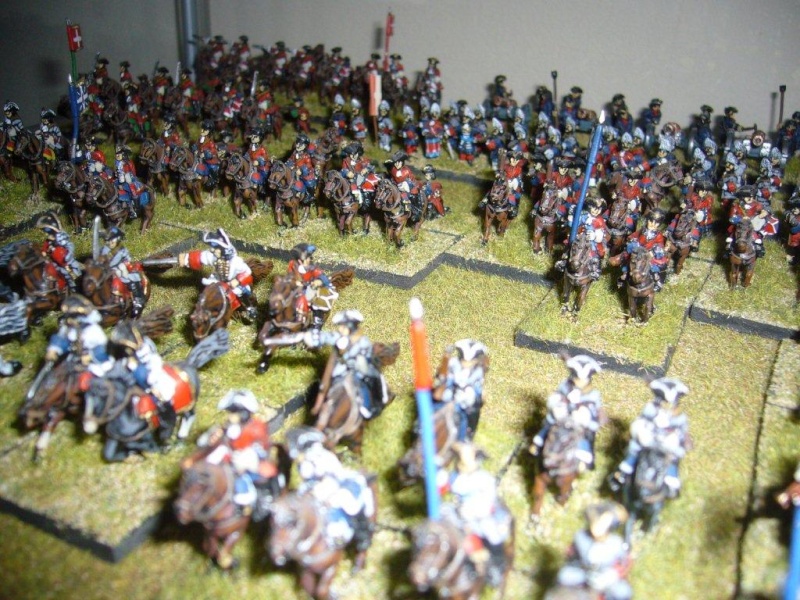 Spanish armies occupied Lombardy, Piedmont found itself surrounded from every side. Attacked by three armies, the Savoyards lost Susa
Spanish armies occupied Lombardy, Piedmont found itself surrounded from every side. Attacked by three armies, the Savoyards lost Susa ,Vercelli
,Vercelli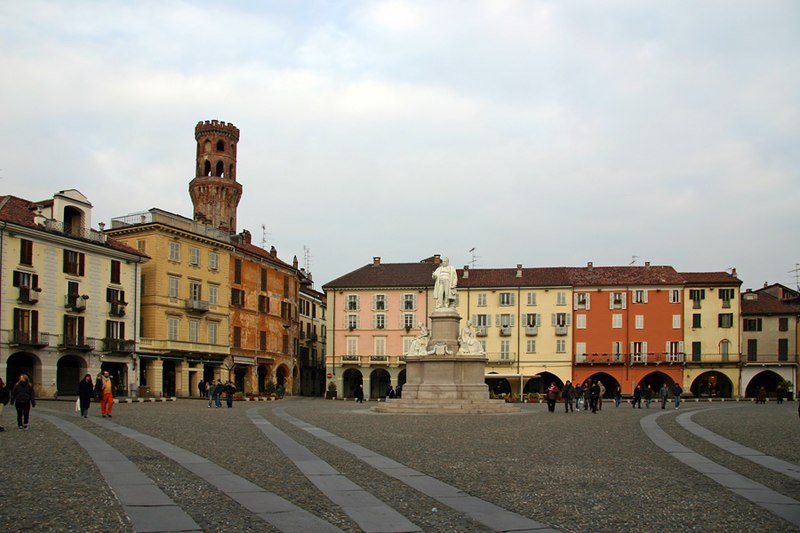 , Chivasso
, Chivasso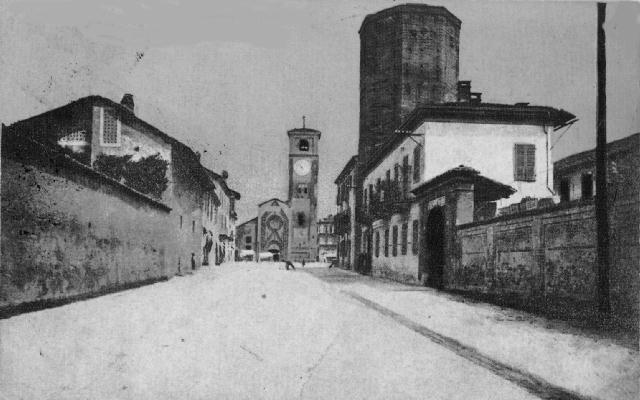 , Ivrea
, Ivrea and Nice (1704). The last stronghold was the Citadel of Turin, a fortification built in the mid-16th century.
and Nice (1704). The last stronghold was the Citadel of Turin, a fortification built in the mid-16th century.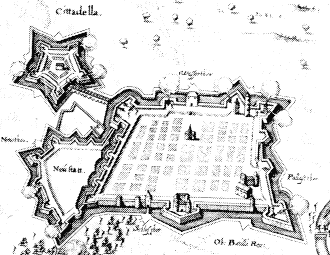
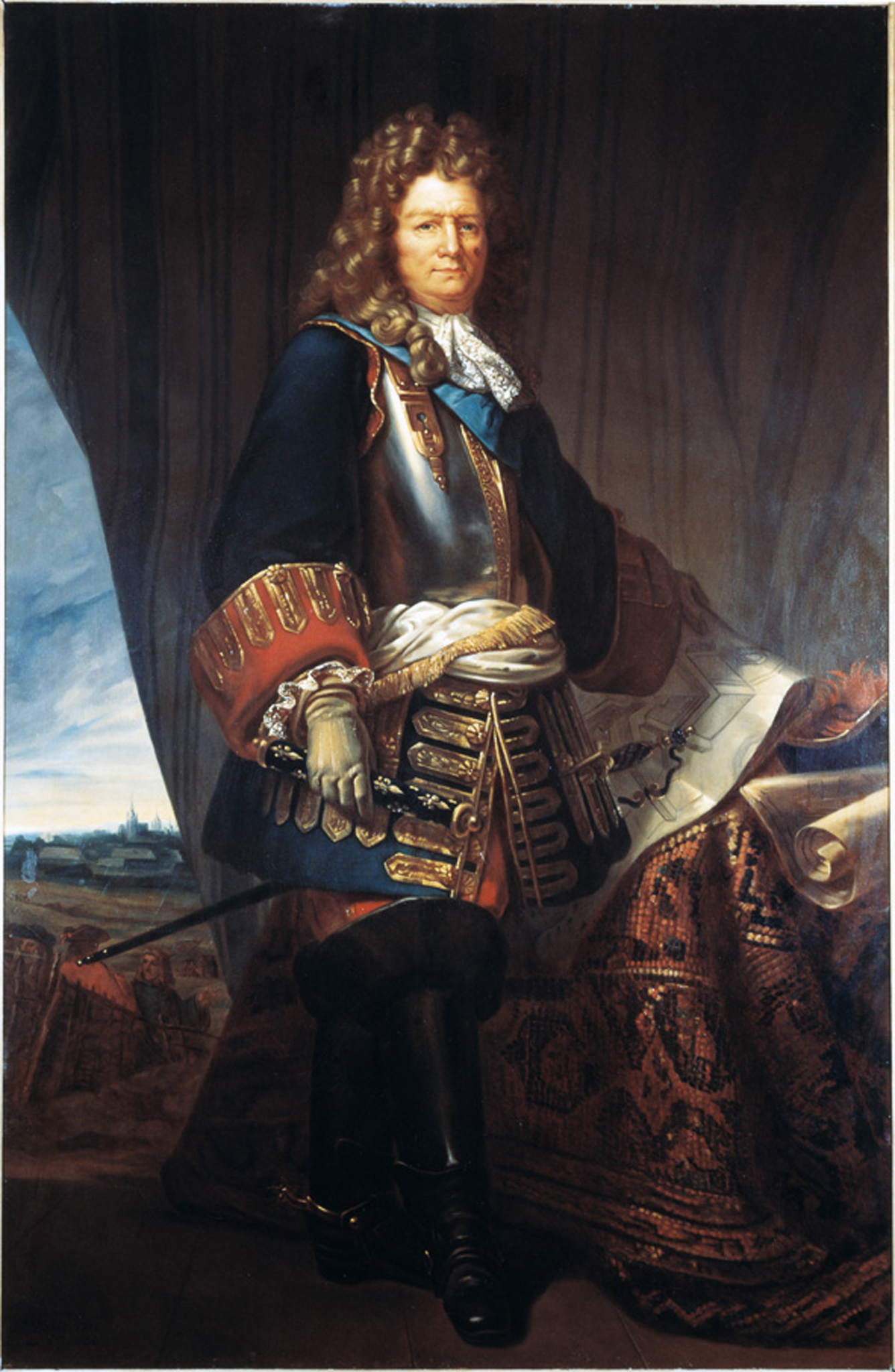 Marshal of France and expert of siege techniques, volunteered for the campaign but was dismissed due to his age. Vauban persisted in counselling the French command, proposing a side assault to the city and pointing out that the wide net of countermine galleries set by the defenders would present a tenacious obstacle to any other operation. But La Feuillade had different ideas and, dismissing Vauban's counsel, ordered his 48 military engineers to draw up plans for the excavation of a long series of trenches. Old Vauban vocally condemned La Feuillade's methods from Paris, publicly offering to have his throat cut if the French succeeded in taking Turin on La Feuillade's chosen point of attack.Digging began May 14, although La Feuillade's lines never fully surrounded Turin. The siege began in June and was pursued for three months against dogged resistance. The besieged, supported by the active participation of the population to the battle, offered a strenuous defence, inflicting heavy losses on the attackers.the box below could easily be painted up for turin
Marshal of France and expert of siege techniques, volunteered for the campaign but was dismissed due to his age. Vauban persisted in counselling the French command, proposing a side assault to the city and pointing out that the wide net of countermine galleries set by the defenders would present a tenacious obstacle to any other operation. But La Feuillade had different ideas and, dismissing Vauban's counsel, ordered his 48 military engineers to draw up plans for the excavation of a long series of trenches. Old Vauban vocally condemned La Feuillade's methods from Paris, publicly offering to have his throat cut if the French succeeded in taking Turin on La Feuillade's chosen point of attack.Digging began May 14, although La Feuillade's lines never fully surrounded Turin. The siege began in June and was pursued for three months against dogged resistance. The besieged, supported by the active participation of the population to the battle, offered a strenuous defence, inflicting heavy losses on the attackers.the box below could easily be painted up for turin Fighting continued during the whole summer of 1706On June 17 Victor Amadeus left Turin to meet Eugene, who was marching from the Trentino with the Austrian troops under
Fighting continued during the whole summer of 1706On June 17 Victor Amadeus left Turin to meet Eugene, who was marching from the Trentino with the Austrian troops under
 who had himself explode in a gallery together with a French party in order to save the citadel,
who had himself explode in a gallery together with a French party in order to save the citadel,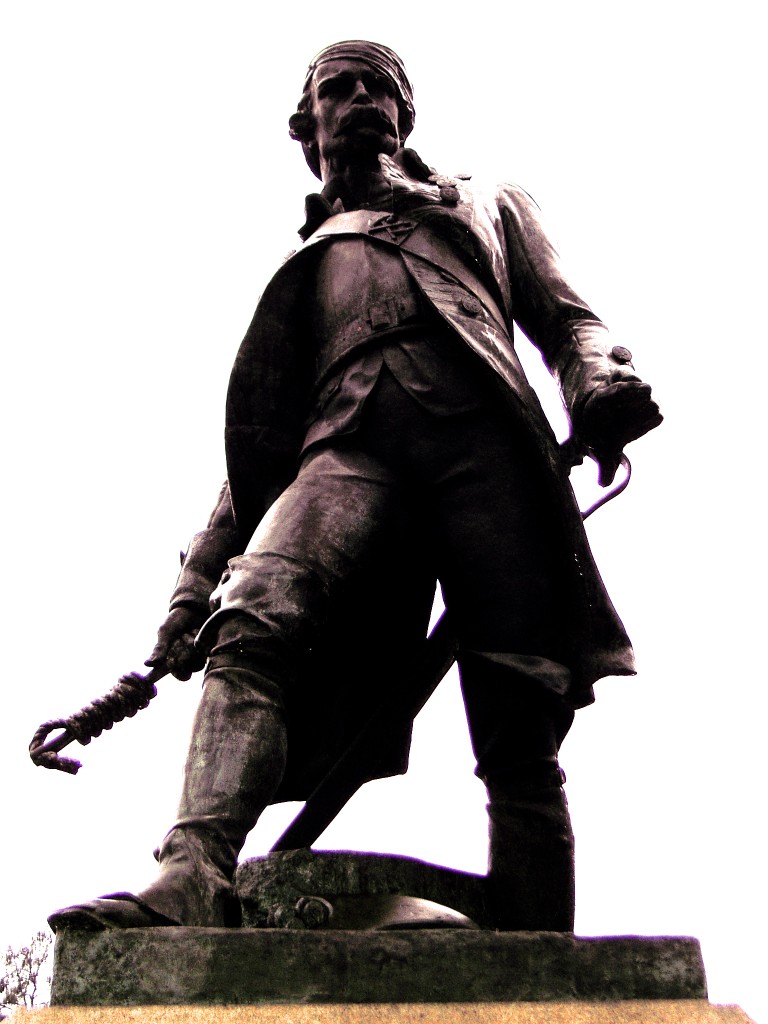




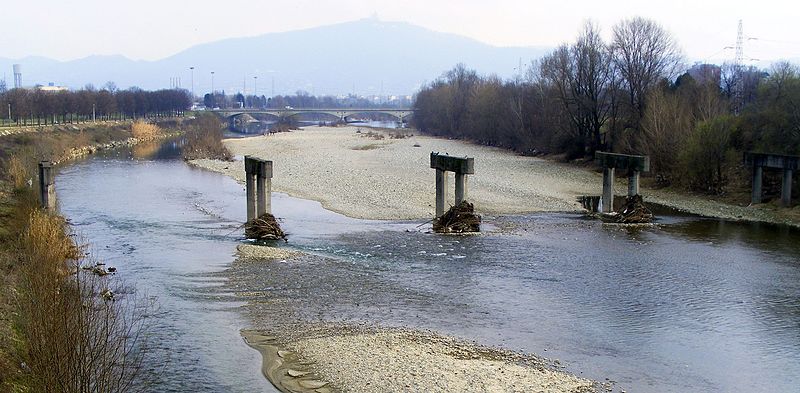


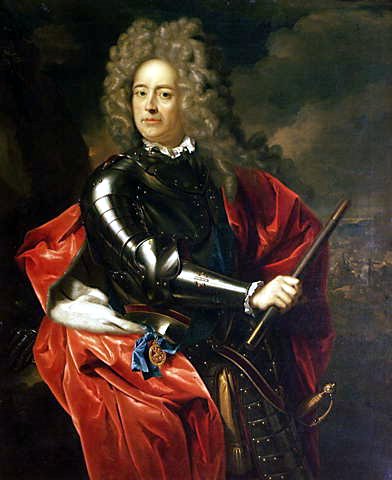


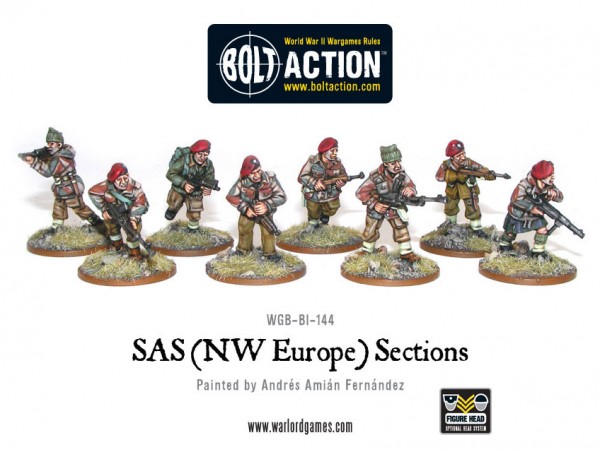

 The Battle of Marston Moor was fought on 2 July 1644, during the First English Civil War of 1642–1646.
The Battle of Marston Moor was fought on 2 July 1644, during the First English Civil War of 1642–1646. The combined forces of the Scottish Covenanters under the Earl of Leven
The combined forces of the Scottish Covenanters under the Earl of Leven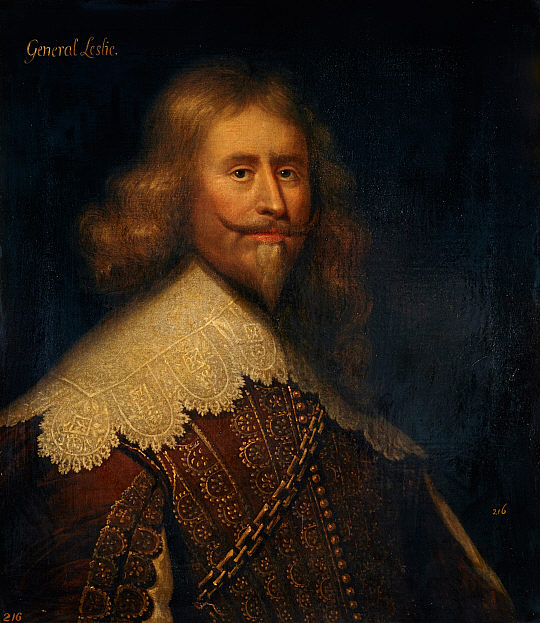 and the English Parliamentarians under Lord Fairfax
and the English Parliamentarians under Lord Fairfax
 and the Earl of Manchester defeated the Royalists commanded by Prince Rupert
and the Earl of Manchester defeated the Royalists commanded by Prince Rupert  of the Rhine and the Marquess of Newcastle
of the Rhine and the Marquess of Newcastle .
.
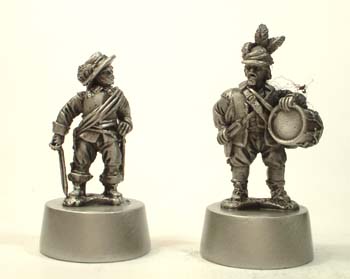 Prince Rupert had gathered an army which marched through the northwest of England to relieve the city, gathering fresh recruits on
Prince Rupert had gathered an army which marched through the northwest of England to relieve the city, gathering fresh recruits on the way. The convergence of these forces made the ensuing battle the largest of the Civil Wars.
the way. The convergence of these forces made the ensuing battle the largest of the Civil Wars. the day both sides gathered their full strength on Marston Moor, an expanse of wild meadow west of York
the day both sides gathered their full strength on Marston Moor, an expanse of wild meadow west of York . Towards evening, the Scots and Parliamentarians themselves launched a surprise attack. After a confused fight lasting two hours, Parliamentarian cavalry under Oliver Cromwell routed the Royalist cavalry from the field and annihilated the remaining Royalist infantry.
. Towards evening, the Scots and Parliamentarians themselves launched a surprise attack. After a confused fight lasting two hours, Parliamentarian cavalry under Oliver Cromwell routed the Royalist cavalry from the field and annihilated the remaining Royalist infantry.
 Although they partially retrieved their fortunes with victories later in the year in the south of England, the loss of the North was to prove a fatal handicap the next year, when they tried unsuccessfully to link up with the Scottish Royalists under Montrose.
Although they partially retrieved their fortunes with victories later in the year in the south of England, the loss of the North was to prove a fatal handicap the next year, when they tried unsuccessfully to link up with the Scottish Royalists under Montrose.